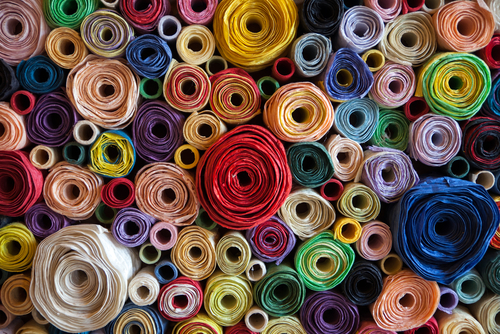
Tips For Sourcing Fabrics
Wholesale fabrics help set a theme to the product line of a fabric designer, who sources it with plans to make garments. During each and every season, designers of fabric and knitting mills conceive fresh color palettes, textures and weaves, as well as printing technique and fiber blends, in anticipation of the upcoming season. Beginning with relying on trustworthy sources to source fabrics, designers should consider the below pointers to save on the costs until the designing and garment production stage.
Work Out Affordability and Consistency
The fabric for a garment generally represents sixty percent of the overall cost, so the designers who source it from fabric suppliers would have to be aware of the retail and wholesale fabric prices, especially when sourcing the material season after season. Setting an ideal budget and a fabric that matches an affordable price point for the end customer of the garment is important to make a growing business line. For instance, when you source custom knit fabrics that work and helps to sell a product line, it is better to stick to that as a staple in order to maintain consistence in the brand each season.
Confirm Functionality with Prototypes
It is a work of art creating embroidery or illustrative patterns on a garment product, but to be able to form that on a fabric using three-dimensional printing, the respective fabric should allow forming embellishments on a garment. For instance, sometimes, a fabric will not drape or hang loose in the exact way designers may envision it to be, or may fight with a blend fabric content of the garment rending the seamless function difficult. Henceforth, it is significant to make a prototype as a test fabric within a particular style in order to confirm its design functionality while sourcing.
Apart from testing the functionality of the fabric, it is important to test the fabric content as well, just so that you can make sure the fiber can withstand an added-on finishing application like digital printing, sublimation printing, wet printing, transferring of heat, and so forth. Some nylon or cotton fibers will not withstand a particular printing technique used to form designs on the garment, so make sure that the base fabric you source can take it to form a desired pattern for a product with some amount of consistency.

